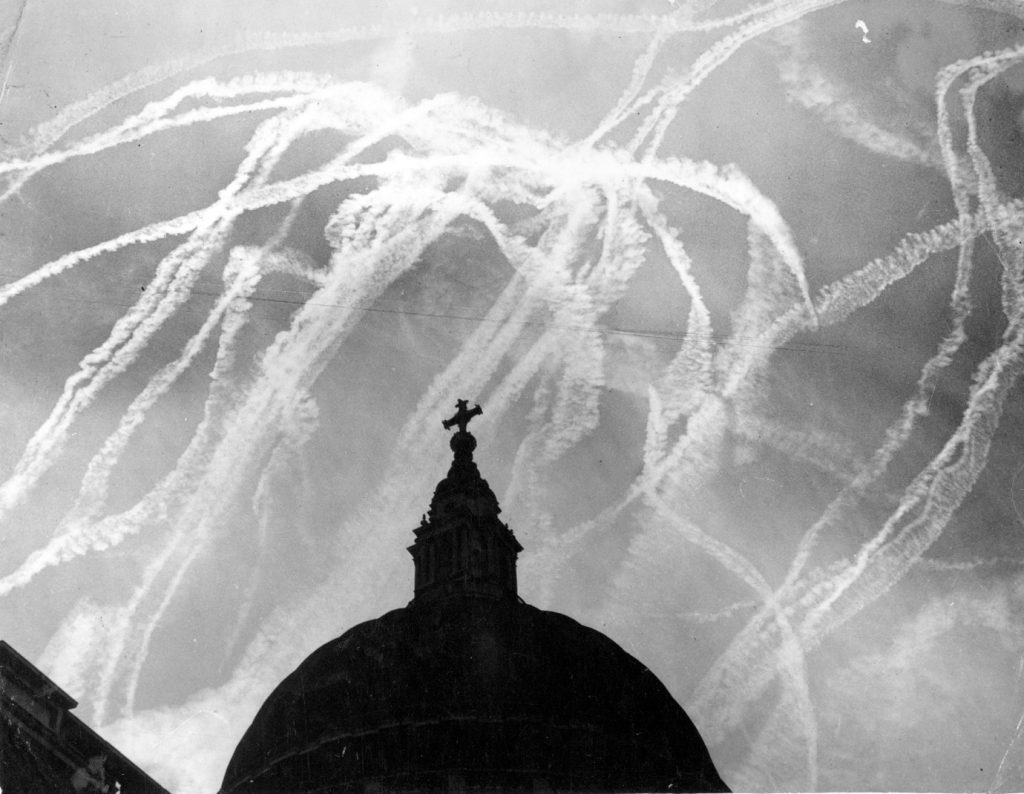During the Second World War, in the long hot summer of 1940, a desperate aerial battle was fought over the skies of southern England which would help decide the course of that conflict.
Why did the Battle of Britain happen?
The defeat of France in June 1940 had left Britain exposed to the threat of German invasion. The Germans had crushed the air forces of Poland, Norway, Holland, Belgium and France and inflicted heavy losses on the Royal Air Force (RAF) during the fighting in May-June 1940.
These losses led Air Chief Marshal Hugh Dowding, the commander of RAF Fighter Command to recommend no more fighters be sent to assist the collapsing French.
He realised they would be needed to defend Britain’s own shores against an inevitable German invasion.
Now, only ‘The Few’ – some 2353 fighter pilots of the Royal Air Force stood in the way of that invasion. They were significantly outnumbered by the German Air Force, the Luftwaffe: the RAF numbered about 640 serviceable fighters, whilst the Germans possessed about 2600 bombers and fighters.
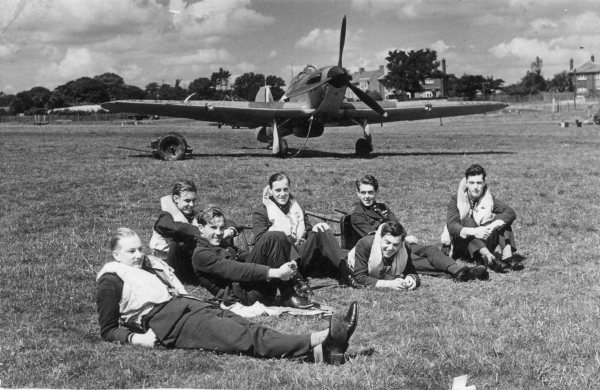
Why were so many New Zealanders involved?
Just over 130 New Zealanders took part in the Battle of Britain. New Zealanders represented the third greatest number of pilots to take part in the Battle (after Britain and Poland), which is why the battle of Britain has such a significance to the country and the RNZAF. A significant number of New Zealanders had applied for commissions in the Royal Air Force before the war or had been sent by the new RNZAF to train in England. This was why so many New Zealanders took part in both the Battle of France and the Battle of Britain.
RAF Organisation, Tactics and Technology
No. 11 Group, RAF Fighter Command
The RAF organised its Fighter Groups to maximise rapid communications and response to enemy attack. Under the command of New Zealander Air Vice Marshal Keith Park, No. 11 Group bore the brunt of the Battle. From his headquarters at Uxbridge, Park received information from eight sectors within his group. These sectors, in turn controlled the squadrons assigned to their airfields, allowing closer direction of the outnumbered defending fighters. Park also frequently visited his sector airfields and squadrons in person flying a Hawker Hurricane fighter to assess how the battle was going and the morale of his pilots.
No. 10 Group guarded the south-west of England and Wales, while No 12 Group was based in the Midlands. This Group, under Air Vice Marshal Trafford Leigh Mallory experimented with a system called the ‘Big Wing’. It was intended to concentrate squadrons into a larger formation to maximise combat power. In reality, this process took precious time and left the No. 11 Group squadrons and airfields they were supposed to be supporting exposed.
Combat Tactics
The Battle of Britain was shaped by a number of factors. The English Channel was only 18 miles (29km) wide at its narrowest point, giving the RAF limited time to ‘scramble’ aircraft and gain height rapidly to intercept the German raiders. Once in the air, they were vectored onto the enemy by Women’s Auxiliary Air Force radar operators, with height being critical to a successful interception; they could dive onto the enemy and hold a distinct advantage. Despite the proximity of the English Coast, escorting German fighters lacked the fuel to spend much time over England, often having to leave their bombers and return to their bases in France.
In combat, the fighter tactics employed gradually developed. Initially, for the British, they resembled those originally employed in World War One, just 20 years before. RAF fighter pilots were traditionally trained to fly in very close formation, using the ‘V’ or ‘Vic’ formations. These tight formations offered little scope for flexibility once battle was joined.
The Germans had learnt much in their involvement in the Spanish Civil War and rapid Blitzkrieg campaigns across Europe and employed a more flexible and effective tactical system based on two pairs of aircraft, known as the ‘schwarm’.
The RAF had to learn quickly from the lessons of the defeats in France and during the battle adopted a similar loose formation of pairs of aircraft to replace the close ‘V’ formation.
Aircraft
The RAF fielded two main types of day fighter in the Battle of Britain, the more numerous Hawker Hurricane and the excellent Supermarine Spitfire.
Both proved capable of engaging with the dangerous Messerschmitt Bf.109 fighters and superior to the sluggish Bf.110 heavy fighters, Stuka dive bombers and German medium bombers employed by the Luftwaffe.
Crucially, the German escorts only had a limited fuel range and therefore time over England and so sometimes the RAF could attack the formations of now unprotected German bombers.
Squadrons operating the stable and rugged Hurricane often concentrated on German bomber formations, leaving the faster Spitfires to tackle the German fighter escorts. However, survival still depended much on the training, skill and determination of the individual pilots and also a degree of luck.
Meanwhile, once night bombing had started, Blenheim and Defiant night-fighters started to intercept and shoot down German aircraft using radar.
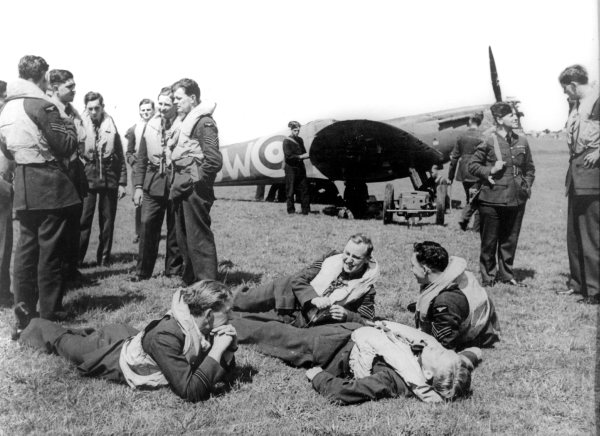
Radar
During the 1930s, the Royal Air Force developed a new secret defensive early warning system called radar.
It allowed skilled operators to identify incoming enemy aircraft by using radar waves and their approximate numbers.
This proved crucial during the Battle of Britain and gave the RAF fighters time to locate and intercept the German attackers.

The Royal Observer Corps
The Observer Corps (renamed ‘Royal’ in 1941) was a volunteer civilian organisation created in 1925. Using binoculars, its role was to monitor enemy aircraft approaching or operating over the British Isles and report their height, numbers and heading. It was only the Observer Corps on the ground which could monitor them once they were over Britain, or when the radar system was damaged by German bombing during the Battle.
The Events of the Battle of Britain
The brunt of the Battle was borne by 11 Group, Fighter Command south-east of London, and 10 Group in the south-west of England, with 12 Group in support in the Midlands. In addition, the British would rely on the invention of early warning radar and the volunteers of the Royal Observer Corps to direct their responses to German attacks.
Opening Moves: 10 July-7 August 1940
The Battle of Britain began with German attacks on convoys passing through the English Channel and on ports and installations on the English coast. The bulk of attacks were in the south where the Luftwaffe went on probing attacks on British shipping in the English Channel and the Thames Estuary. By attacking these channel convoys, it was hoped that the British fighters would be drawn out from their bases. The Luftwaffe could test the strength of the RAF and determine the speed and efficiency with which it could deploy its squadrons.
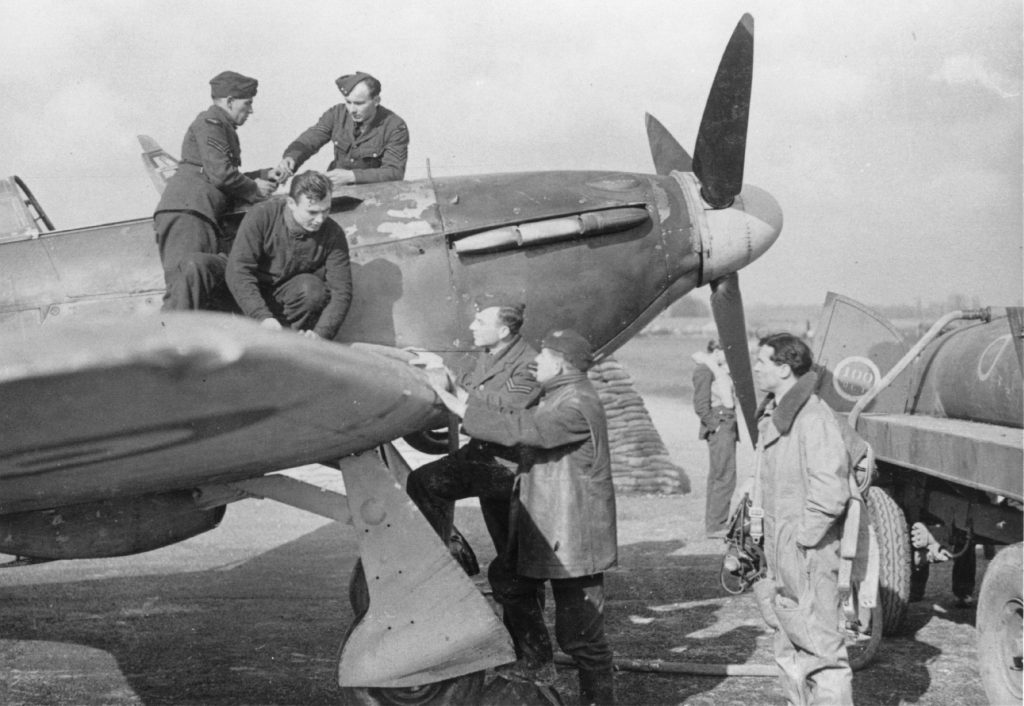
Battle of the Airfields: 8 August – 6 September 1940
The Luftwaffe failed to destroy the RAF in the initial phase and so Germany’s tactics were to now bomb and destroy RAF airfields in south-east England. They also sought to blind the RAF by destroying the radar stations along the south coast. This second phase was all important as losses mounted on both sides.
It was during this phase that Fighter Command was stretched to the limit. On 13 August 1940, the Germans launched ‘Adler Tag’ (Eagle Day) which saw the most concerted attack on the RAF.
Despite damage to airfields and squadrons, the Germans took heavy losses and failed to destroy No. 11 Group’s ability to resist.
Attacks on London: 7 September – 30 September 1940
The first bombing attacks on the City of London on 7 September started the third phase of the battle, in response to an RAF attack on Berlin.
This proved to be a strategic blunder by the Luftwaffe and allowed Fighter Command to recover. Attacks were commenced by massed formations of bombers with fighter escort. Heavy damage was done to the docks and east London.
Further attacks on RAF airfields continued at a lesser scale than in August, but the daylight bombing of London would continue until the end of the month, where it would give way to heavy night bombing to bomb the civil population into submission.
Final Phase and the start of “The Blitz”: 1 October – 31 October 1940
The RAF continued to defend, and to inflict losses on the attacking German bombers by night. These night raids continued despite the German invasion plans for Britain now being abandoned, but at a very high attrition rate to the Luftwaffe. The earlier plan to destroy Fighter Command had failed and British fighters still defended their capital even though considerable damage was done. Night bombing attacks on London and other cities and industrial centres (known as The Blitz) would continue but by 31 October, the Battle of Britain was largely over. RAF Fighter Command had successfully defended Britain from German invasion. The cost was heavy, however – 544 of ‘The Few’ were killed during the Battle, and 791 more would lose their lives later in the war.
After the Battle
By late October 1940, with winter setting in it was clear Hitler would have to postpone any invasion of Britain until the following year.
The Germans turned their attention to fighting in Yugoslavia, Greece and North Africa in early 1941 and in June launched Operation Barbarossa; the invasion of Soviet Russia.
This huge undertaking drew German attention and resources away from a possible invasion of Britain. The Russian campaign proved a complete disaster for Germany and ensured its eventual defeat in 1945.
Meanwhile, RAF Fighter Command now went over to the offensive in 1941, launching low level sweeps on targets in occupied Europe and escorting daylight bomber raids.
Losses were heavy, but the RAF could be seen to be striking back and learned valuable lessons. These daylight attacks complemented the raids now being made by Bomber Command on Germany at night.
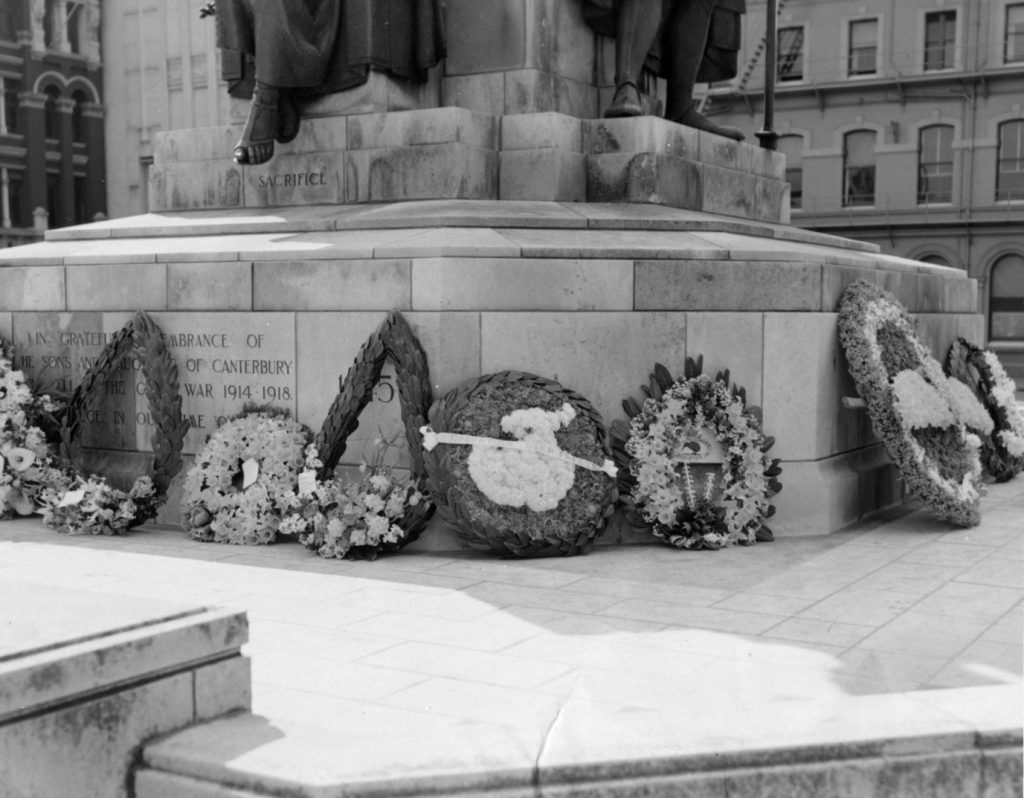
Historical Legacy
The lasting legacy of the Battle of Britain was reflected commemoration of it across the Commonwealth. In New Zealand, the RNZAF has marked Battle of Britain Sunday in September each year with parades, services and open days.
No New Zealand fighter pilots survive who fought in the summer of 1940 and it is now memorials and the few preserved aircraft which took part and exist in museums that serve as a reminder of that epic aerial struggle for survival.
Approximately 130 New Zealanders qualified for the Battle of Britain clasp, a medallic distinction that indicated they had served in the Battle of Britain. Not all were pilots, as some navigators and air gunners qualified for the clasp as well.
Some, such as Alan Deere and Colin Gray, went on to become some of the most celebrated fighter aces on the Allied side and were highly decorated.
Others died in the fierce aerial fighting which ultimately led to the liberation of Europe between 1941 and 1945.
Roll of Honour
The following New Zealanders lost their lives serving with RAF Fighter Command during the Battle of Britain in 1940:
Flying Officer John Henry Leslie Allen Remuera 12 July
Pilot Officer John Laurance Bickerdike Christchurch 22 July
Sergeant Jack Stephen Brennan Auckland 21 August
Pilot Officer Donald Gordon Cobden Christchurch 11 August
Pilot Officer Cecil Henry Hight Stratford 15 August
Pilot Officer Howard Perry Hill Christchurch 20 September
Sergeant Robert Holder England 26 October
Sergeant David Ernest Hughes Dunedin 3 October
Pilot Officer John Richard Kemp Napier 19 July
Pilot Officer Rudal Kidson Wellington 19 July
Squadron Leader Terence Gunion Lovell-Gregg Whanganui 15 August
Pilot Officer Eric Orgias Palmerston North 25 September
Flight Lieutenant James Alfred Paterson Gore 27 September
Pilot Officer John Sinclair Priestley Wellington 30 August
Sergeant Lauritz Andrew Woodney Rasmusssen Auckland 4 September
Flying Officer Geoffrey Mervyn Simpson Christchurch 26 October
Sergeant Douglas Owen Stanley Matamata 26 October
Flying Officer Kenneth Victor Wendel Auckland 7 September
Pilot Officer Wycliff Stuart Williams Dunedin 21 October
Sergeant Robert Bett Mirk Young Palmerston North 8 October
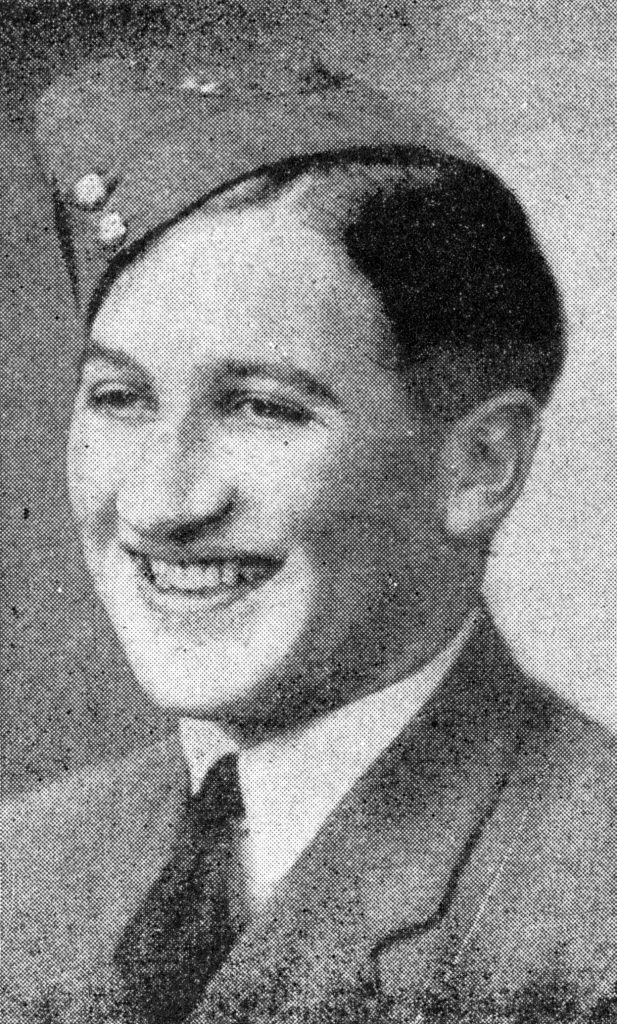
Want to Know More?
These websites and digital resources can help you learn more:
NZ History
https://nzhistory.govt.nz/war/battle-of-britain/the-battle-july-august
Auckland Museum Online Cenotaph
https://www.aucklandmuseum.com/war-memorial/online-cenotaph/popular-searches/battle-of-britain
New Zealand Electronic Text Centre (Victoria University)
https://nzetc.victoria.ac.nz/tm/scholarly/tei-WH2-1RAF-c4.html
Royal Air Force Museum
https://www.rafmuseum.org.uk/research/online-exhibitions/history-of-the-battle-of-britain/
Battle of Britain Historical Society
https://www.battleofbritain1940.net/bobhsoc/index.php
The Imperial War Museum
https://www.iwm.org.uk/history/8-things-you-need-to-know-about-the-battle-of-britain
The Royal Air Force
https://www.raf.mod.uk/our-organisation/our-history/anniversaries/battle-of-britain/
